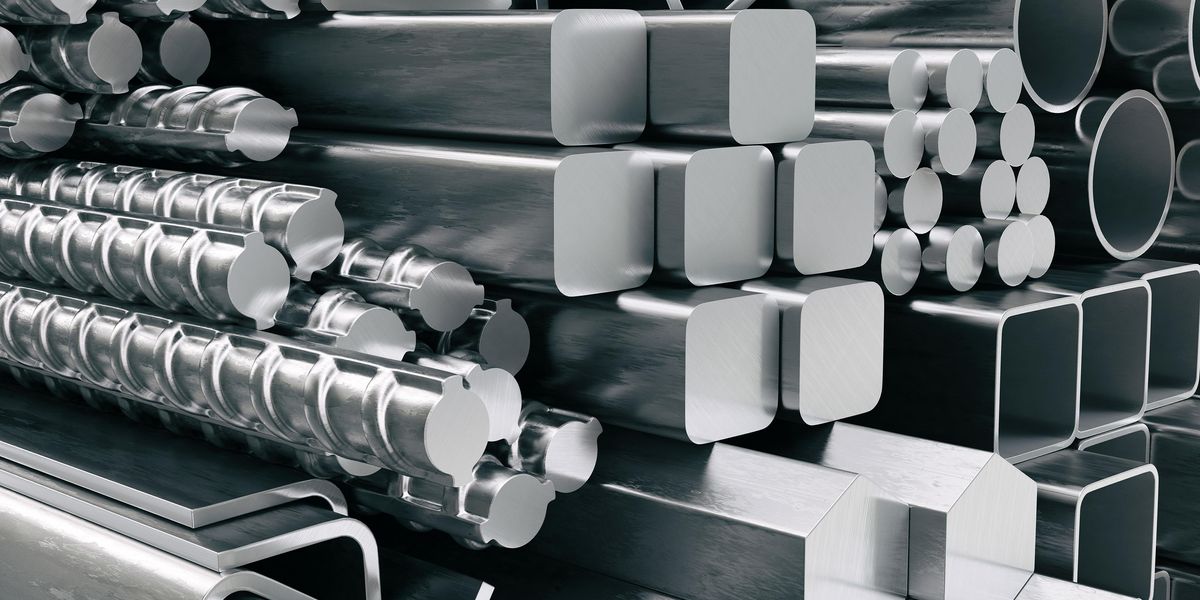Volatility reigned in the iron ore market once again in 2022, with prices rallying and falling. The base metal hit a record high of US$171 per metric ton in March, but then fell as low as US$81; it ended the year above US$100.
As the new year begins, the Investing News Network (INN) spoke to experts about the main trends in the space in 2022 and what the iron ore forecast is for 2023. Read on to learn what they had to say.
How did iron ore perform in 2022?
During the first half of 2022, iron ore prices displayed upward momentum.
Entering 2022, the key question was about balancing economic growth with environmental and energy consumption targets in China, David Cachot, research director for steel and raw materials at Wood Mackenzie, told INN.
“The Chinese government’s focus on stabilizing economic growth while keeping monetary policy accommodative translated into steel production soaring in Q2 2022, while prices also found further support from supply disruptions caused by the war in Ukraine and exports underperformance from Brazil,” he explained.
But the second part of the year told a different story for iron ore, which saw prices cut in half by October. Renewed worries over COVID-19 restrictions in China, which accounts for about two-thirds of seaborne iron ore demand, plus concerns over the country’s property sector and cooling global economic growth, all hurt the demand picture for the base metal.
“China’s home sales declined again in October, reflecting the difficulties facing the property market, as the slowing economy and ongoing Covid-19 outbreaks dampened homebuying demand,” ING’s Ewa Manthey wrote in a note. The Asian nation’s property sector is responsible for close to 40 percent of its steel consumption.
Iron ore prices rebounded in the last two months of the year, ending 2022 above the US$100 mark.
“The faster COVID-19 policy relaxation has boosted sentiment and prices into year end; however, we will have to wait a few quarters into 2023 to see evidence of demand improvements from the combination of fading zero-COVID and government economic support policies,” Cachot commented to INN.
What factors will move the iron ore market in 2023?
As the new year begins, most analysts agree that iron ore is set up for another tough year.
In terms of demand, Wood Mackenzie is expecting China’s steel consumption to stay restrained at a similar level on a year-on-year basis, with steel production and iron ore demand forecast to stay somewhat flat in 2023.
“The Chinese property market will potentially see buyers re-emerge from mid-2023 as the economy is expected to pass peak infections,” Cachot said, reiterating that it will be a wait-and-see period.
Outside of China, much of the Asia Pacific region will avoid the current slowdown, while in Europe iron ore demand will continue to decline by 2 percent in 2023 as recession concerns plague steel production in the area, according to Wood Mackenzie data.
Looking over to the supply side of the picture, mined iron ore supply contracted in 2022, led by the Russia-Ukraine war, operational issues in Brazil, plus weather and COVID-19 disruptions.
“In 2023, supply ramp up will be led by Brazil and India, while Australian shipments will stay largely rangebound,” Cachot said. Australian producers have limited growth plans, but continue to progress at existing mine replacements in Western Australia.
ING’s Manthey echoed this sentiment, saying that the short-term outlook looks bearish — in her view, lackluster demand from China points to a downtrend in prices for the base metal.
“We expect prices to slide to US$85 in the first quarter of 2023 and hover around US$90 throughout the second and third quarters,” she wrote. “Prices should be supported in 2H23 due to expectations of a recovery in China and easing Covid-19 restrictions, with prices moving above US$95 in 4Q.”
Similarly, panelists recently polled by FocusEconomics estimate prices will average US$92.80 in Q4 2023 and US$83.20 in Q4 2024.
“Prices are forecast to decline this year as economic momentum in most major economies ebbs amid tighter monetary policy, notwithstanding a likely improvement in economic dynamics in China,” analysts at the firm said. “Moreover, expected output growth in key producers Australia and Brazil will likely hurt prices further.”
For Cachot, China’s zero-COVID policy is being rapidly removed, but economic disruptions will create a volatile environment over the next six months. “However, with expectations of an improving macro backdrop in China (particularly in H2 2023), and a relatively tight iron ore market in 2023, we are maintaining our iron ore price view for 2023 at US$100 CFR,” he said.
For investors interested in the iron ore sector, a catalyst to watch is what happens in markets outside of China.
“We expect to continue to see reduced steel production through early 2023 — particularly in Europe, with ongoing weak demand from end users forcing steelmakers to adapt by idling their blast furnace facilities,” Cachot said.
“While most of these European idles are only planned to run until early this year, we expect producers to extend these idles unless market conditions improve as mentioned previously.”
Don’t forget to follow us @INN_Resource for real-time news updates!
Securities Disclosure: I, Priscila Barrera, hold no direct investment interest in any company mentioned in this article.
Editorial Disclosure: The Investing News Network does not guarantee the accuracy or thoroughness of the information reported in the interviews it conducts. The opinions expressed in these interviews do not reflect the opinions of the Investing News Network and do not constitute investment advice. All readers are encouraged to perform their own due diligence.
From Your Site Articles
Related Articles Around the Web
Image and article originally from investingnews.com. Read the original article here.

